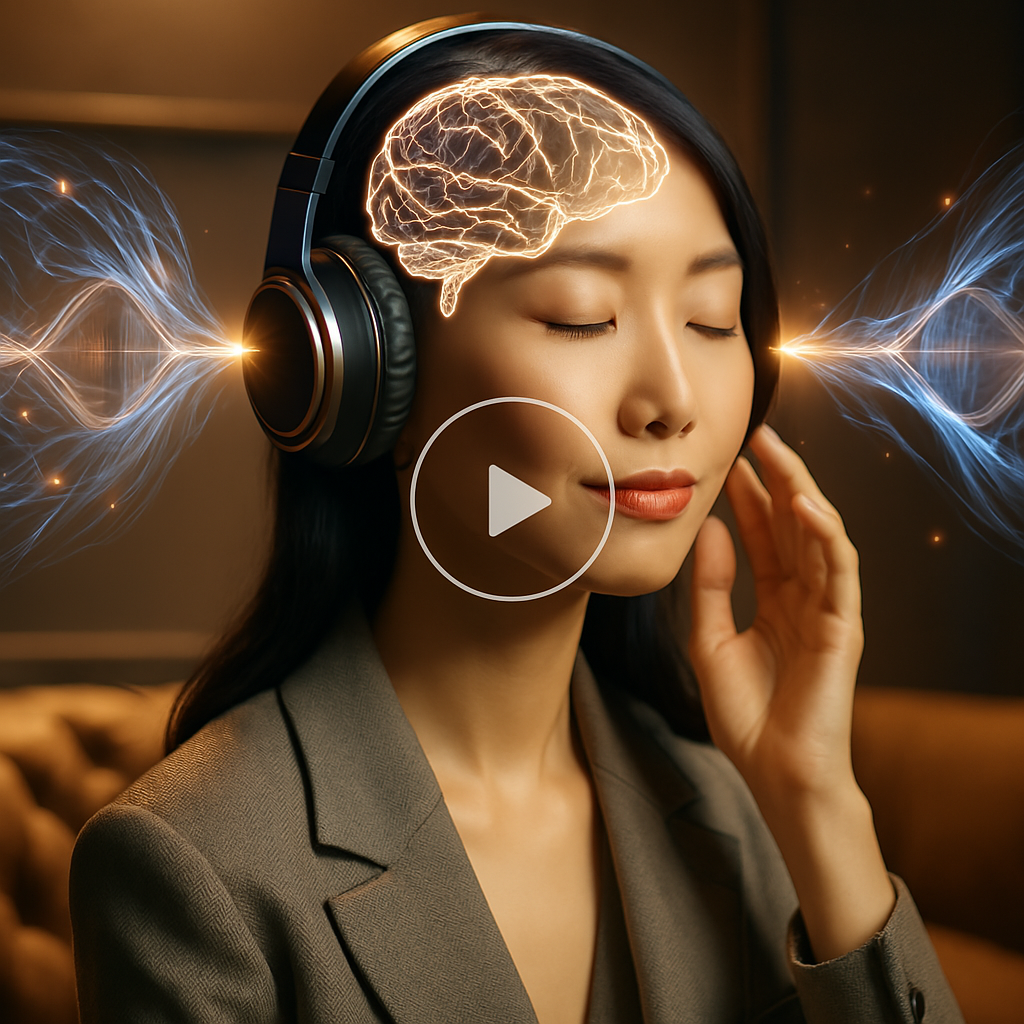NO, The Rich and Famous are NOT Smarter… They Just Have ONE Unfair Advantage That You Don’t… Until Now!
Synchronize Your “Brainwave”
By Avoiding The Approaches Below
❌ Meditation
If you can meditate twice a day, for 40 minutes a day, you’ll begin to turn on your “BrainWave.”
This one is not a great option for a lot of folks because it’s very hard and time-consuming.
❌ Waking up at 4AM
This is what many billionaires do. But it’s also very hard and tiring.
I don’t even do this myself.
❌Using a Biohack Machine
Biofeedback machinery has been shown to help turn on your Brain Wave.
But in-person sessions start at around $300 per hour. And an in-home biofeedback machine will set you
back about $7,000
And using This Best Option…
✅ The Best Option IS to Use a Neuroscientist-Backed Soundwave
This is the easiest way by far and I have the perfect 7-minute soundwave for you and let me tell you why…
Tap Below to Unlock Your Brain Power, Wealth and Luck. 👇
“This Breakthrough Technology May Soon be Taken Offline — Watch Now While You Still Can.”
L
L
L

P
P
P
P
P
P
SCIENTIFIC REFERENCES
1.
Venkatraman, R.. You’re 96 Percent Less Creative Than You Were as a Child. Here’s How to Reverse That. Inc.com.
https://www.inc.com/rohini-venkatraman/4-ways-to-get-back-creativity-you-had-as-a-kid.html
2.
Kerley, J. Creative Inventive Design and Research.
https://ntrs.nasa.gov/api/citations/19940029213/downloads/19940029213.pdf
3.
Robinson, K. “Do Schools Kill Creativity?”.
https://www.youtube.com/watch?v=iG9CE55wbtY
4.
Uable, 28 August 2023. “The end of education.”
https://medium.com/@connect_75384/the-end-of-education-94f3a39fe97c
5.
Church, D., Yang, A., Fannin, J., & Blickheuser, K. (2022). The biological dimensions of transcendent states: A randomized controlled trial. Frontiers in Psychology, 13, 928123.
https://doi.org/10.3389/fpsyg.2022.928123
6.
Herrmann, C. S., Strüber, D., Helfrich, R. F., & Engel, A. K. (2016). EEG oscillations: From correlation to causality. International Journal of Psychophysiology, 103, 12-21.
https://doi.org/10.1016/j.ijpsycho.2015.02.003
7.
Poe, G. R. (2017). Sleep Is for Forgetting. Journal of Neuroscience, 37(3), 464-473.
https://doi.org/10.1523/JNEUROSCI.0820-16.2017
8.
Crivelli-Decker, J., Hsieh, L.-T., Clarke, A., & Ranganath, C. (Year). Theta oscillations promote temporal sequence learning. Neurobiology of Learning and Memory, Volume Number(Page Numbers).
https://doi.org/10.1016/j.nlm.2018.05.001
9.
Zielinski, M. C., Tang, W., & Jadhav, S. P. (2020). The role of replay and theta sequences in mediating hippocampal-prefrontal interactions for memory and cognition. Hippocampus, 30(1), 60-72.
https://doi.org/10.1002/hipo.22821
10.
Henao, D., Navarrete, M., Valderrama, M., & Le Van Quyen, M. (2020). Entrainment and synchronization of brain oscillations to auditory stimulations. Neuroscience Research, 156, 271-278.
https://doi.org/10.1016/j.neures.2020.03.004
11.
Hanslmayr, S., Axmacher, N., & Inman, C. S. (2019). Modulating human memory via entrainment of brain oscillations. Trends in Neurosciences, 42(7), 485-499.
https://doi.org/10.1016/j.tins.2019.04.004
12.
Michael, E., Santamaria Covarrubias, L., Leong, V., & Kourtzi, Z. (2023). Learning at your brain’s rhythm: individualized entrainment boosts learning for perceptual decisions. Cerebral Cortex, 33(9), 5382-5394.
https://doi.org/10.1093/cercor/bhac426
13.
Trost, W., Frühholz, S., Schön, D., Labbé, C., Pichon, S., Grandjean, D., & Vuilleumier, P. (2014). Getting the beat: entrainment of brain activity by musical rhythm and pleasantness. NeuroImage, 103, 55-64.
https://doi.org/10.1016/j.neuroimage.2014.09.009
14.
Trost, W. J., Labbé, C., & Grandjean, D. (2017). Rhythmic entrainment as a musical affect induction mechanism. Neuropsychologia, 96, 96-110.
https://doi.org/10.1016/j.neuropsychologia.2017.01.004
Privacy Policy | Terms of Service | Disclaimer | Contact Us
Copyright 2024 – Capitola Affiliates, LLC – All Rights Reserved
Disclaimer: All information provided is for educational use only. Always consult with your doctor or primary care physician prior to starting any new health or fitness routine.
